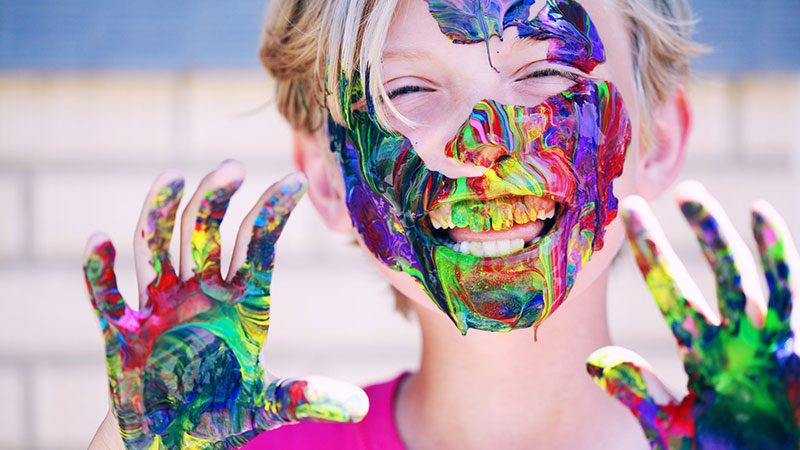There are two central fabric printing and dyeing methods: one is traditional paint printing, and the other is reactive printing and dyeing instead of paint printing and dyeing. So how to distinguish between these two printing and dyeing methods?
First of all, let’s take a look at what reactive printing and dyeing are. Reactive printing and dyeing mean that in the process of dyeing and printing, the active genes of the dye are combined with fiber molecules so that the paint and fiber form a whole. As a result, the fabric has excellent dust resistance, high cleanliness and high colorfastness. Of course, the cost is much higher than that of pigment printing and dyeing. Azo and formaldehyde are not added during the printing and dyeing process, and it does not contain harmful substances to the human body and does not fade or shrink during washing.
The difference between reactive printing and dyeing is that the hand feel of reactive printing and dyeing is smooth and soft. The common saying is that the fabric of reactive printing and dyeing looks like mercerized cotton. The effect of printing and dyeing is excellent from both the positive and negative aspects. In contrast, the fabric of coating printing and dyeing feels stiff. It looks a bit like an ink painting effect.
Characteristics of coating printing and dyeing:
The process is simple and the cost is low. However, the color fastness is poor. It is used once after washing; the environmental protection performance is poor. The formaldehyde content is higher than that of reactive printing and dyeing; the printed parts are sticky and appear hard without adding a softener. If softeners are added, the formaldehyde content is even higher.
Features of reactive printing and dyeing:
It has good air permeability, excellent fastness, and soft hand feeling, but there are also problems such as cumbersome printing, lengthy, and complex processing. Generally, reactive printing and dyeing can ensure that environmental protection is harmless to people, and the color and fabric feel better, and there will be no hard and soft feelings.
How to distinguish between reactive printing and dyeing and paint printing and dyeing?
- Identify the color
The pigment printing color is not bright, the color is dim, and it gives a feeling that the color is floating on the cloth surface. It’s like putting a coat of paint on the wall. - Look at the gloss
Pigment printing fabrics go through the “calendering” process before leaving the factory, so everyone sees that the cloth surface has a shiny feeling. This is because it may be pigment printing. The smoothness obtained by calendering is one-time and will disappear after washing. - Smell
Pigment printing adds many binders, and it is directly shaped without washing, so there will be a strong smell in the finished fabric. - Touch feel
Pigment printing feels hard. To cover this shortcoming, the fabric dealer adds a softener when setting the shape, and the finished product will feel softer after being “calendered”, and most of it will fall off after washing.
All of BLANC Tea Towel’s digital printing products, including Tea Towels, Beach Towels, Aprons, Oven Mitts, Tote Bags, etc., all adopt active digital printing technology to provide customers with higher quality, healthier and more environmentally friendly digital printing products.


